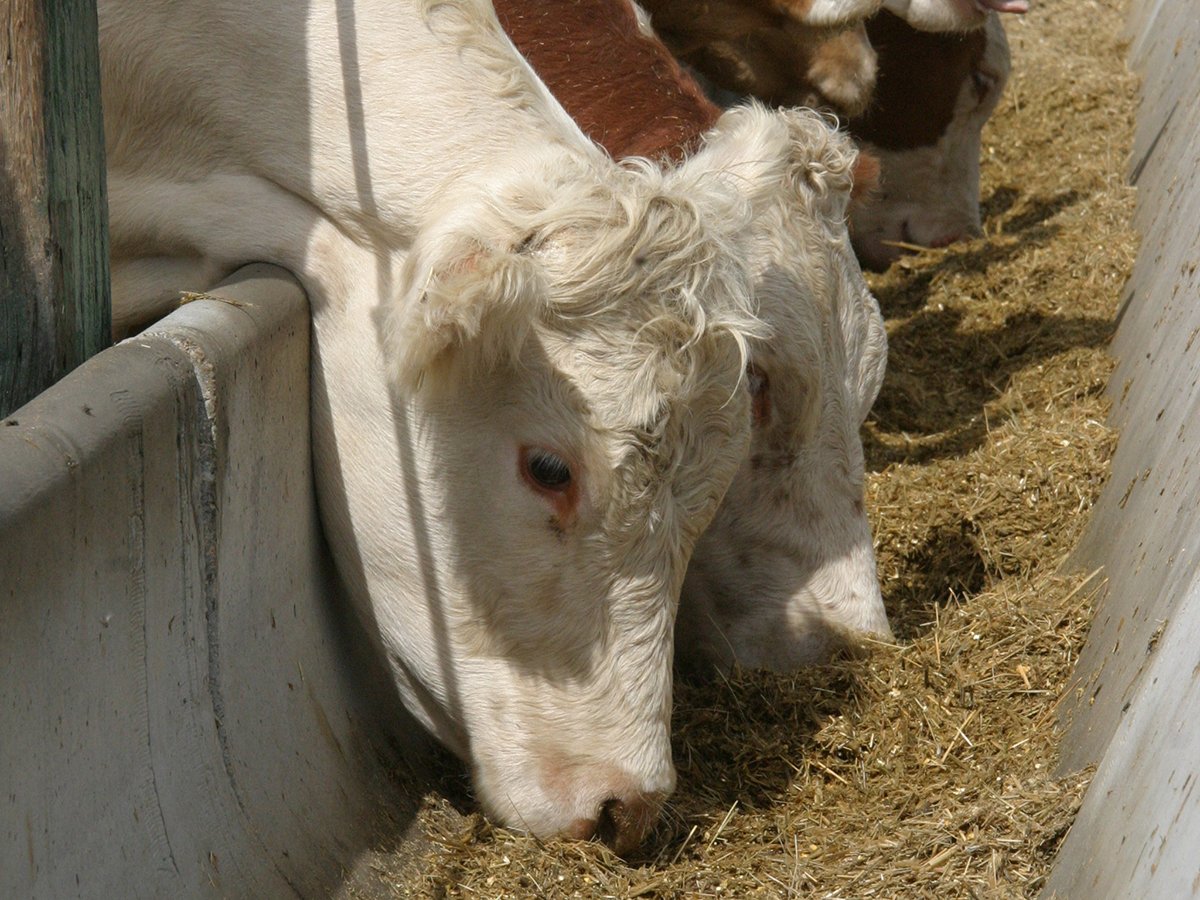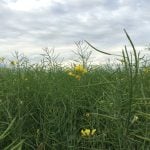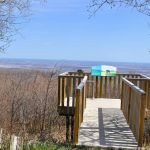VIKING, Alta. — A passive solar greenhouse project began when Brian Rozmahel wondered: “Wouldn’t it be great to grow food all year round and not spend an arm and a leg?”
Growing food year round and living in central Alberta may no longer be impossible if Rozmahel’s prototype passive solar greenhouse is a success.
“If we can grow food in the winter and not have huge costs, we will be better off and food stays relatively inexpensive,” Rozmahel told a workshop about the passive solar greenhouse.
Read Also

Alberta cattle loan guarantee program gets 50 per cent increase
Alberta government comes to aid of beef industry with 50 per cent increase to loan guarantee program to help producers.
“My hope is to have fresh produce year round. We know it’s possible with our preliminary results.”
Construction of the 12 by 24 foot greenhouse began in the fall, and Rozmahel will monitor temperature and humidity this winter as he looks for better ways to manage it throughout the year.
A half metre deep trench along the base of the greenhouse was insulated to prevent cold from coming in through the bottom. As well, a concrete pad was poured along the back wall, and water barrels on top of the heated pad will act as a thermal mass to collect heat from the sun.
Along the back wall, black concrete and hemp blocks filled with chipped rock also add thermal mass to collect heat.
Rozmahel estimated that the north wall has an R60 rating, while the south wall and roof are made from clear polycarbonate panels to allow in the maximum amount of sunlight.
“We want to get as much heat as we can throughout the year.”
Rozmahel said he has discovered during this project that the Prairies sometimes have limited sunlight.
“Despite Alberta’s reputation for sunny weather, now that I have a solar greenhouse I realize how many cloudy days we get.”
He will need an additional heat source to regulate the temperature on cold, cloudy days.
Lakeland College, which is also developing and building a passive solar greenhouse, has installed monitoring equipment at Rozmahel’s greenhouse.
The temperature was 20 C inside the greenhouse and -30 C outside during the day when the monitors were installed in December, said Rob Baron, a Lakeland instructor with a focus on renewable energy
He hopes to develop ways to capture some of the daytime heat and release it at night.
“We need to bring the bottom temperature up and top temperature down,” he said.
The equipment will also monitor the integrity of the building with its warm, moist air and condensation.
Dieter Kuhlman of Cullman’s Market Gardens and Greenhouses said a passive solar greenhouse is long overdue.
“This idea is fantastic.”
He said plenty of work must still be done before the small greenhouse can be used at his commercial operation, but it’s a good start in the search for alternatives to plastic covered greenhouses.
Judy Kesanko of the Multicultural Heritage Centre in Stony Plain, Alta., said a passive solar greenhouse would be a great addition for its organic master gardeners program.
“The message here is it’s quite doable.”
Rozmahel said he plans to plant cold season crops such as bok choy and lettuce in February.
“We want to learn as much as we can.”
Don Ruzicka of Killam, Alta., said the ongoing research will help determine what changes need to be made to the prototype greenhouse, but other people will eventually tweak the design and soon they will be across the Prairies.
“This is a classroom right now,” he said. “This is a starting point. It’s at the aha moment and someone will come along and take it to the next step.”














